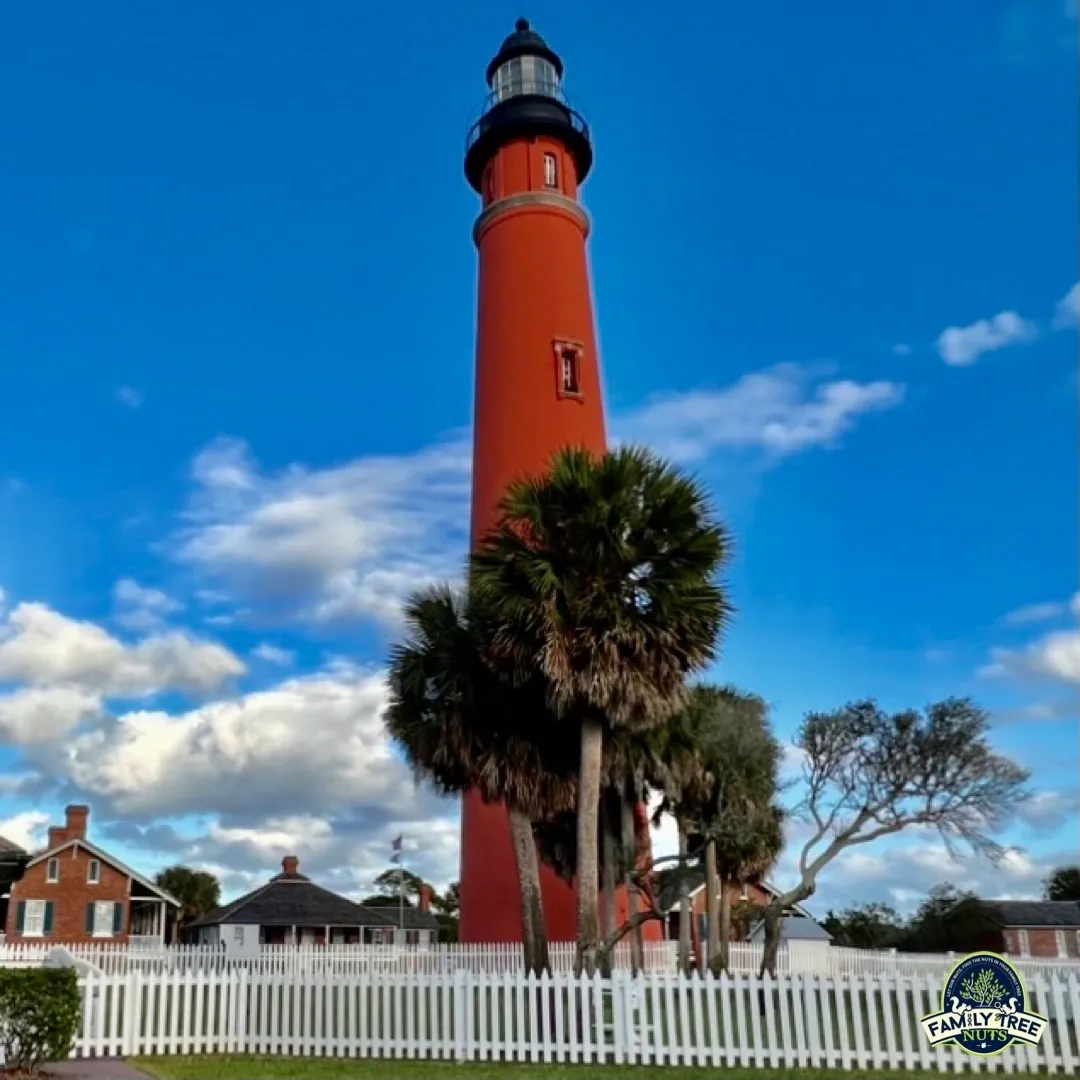
500 Years of Turmoil! Ponce de Leon Lighthouse, Florida!
If you survived made it to shore, then you’d have to worry about the local Indians. It was called “The Killer Inlet” and the bones of poor sailors are scattered along the shoreline under the sand. Ponce de Leon Lighthouse is located at the Ponce de Leon Inlet, about 20 miles south of Daytona Beach, Florida, and area has a recorded history that dates back some 500 years. In the 1400s, the Timucua Indians lived in this area and their relics such as arrowheads and spear tips are still washing up on the shore south of here, at the Kennedy Space Center.
In the 1500s, Spanish explorer Antonio de Prado referred to the area as the “Mosquito Inlet”. Want to guess why? Right? The Indian River is located right near the lighthouse. Somedays it flows, but some days it’s stagnant. Guess what that means? Yeah, lots of mosquito eggs and lots of mosquitos… If the mosquitoes didn’t get you, then the sandbar right off shore might. The remains of many shipwrecks and their sailors are scattered all the way back to Jacksonville. For those poor Spanish sailors that were lucky enough to survive those shipwrecks, and if they made it to shore, then they were often killed by the local Indians. Hmm… Drown in the ship, killed by the Indians, not good either way.
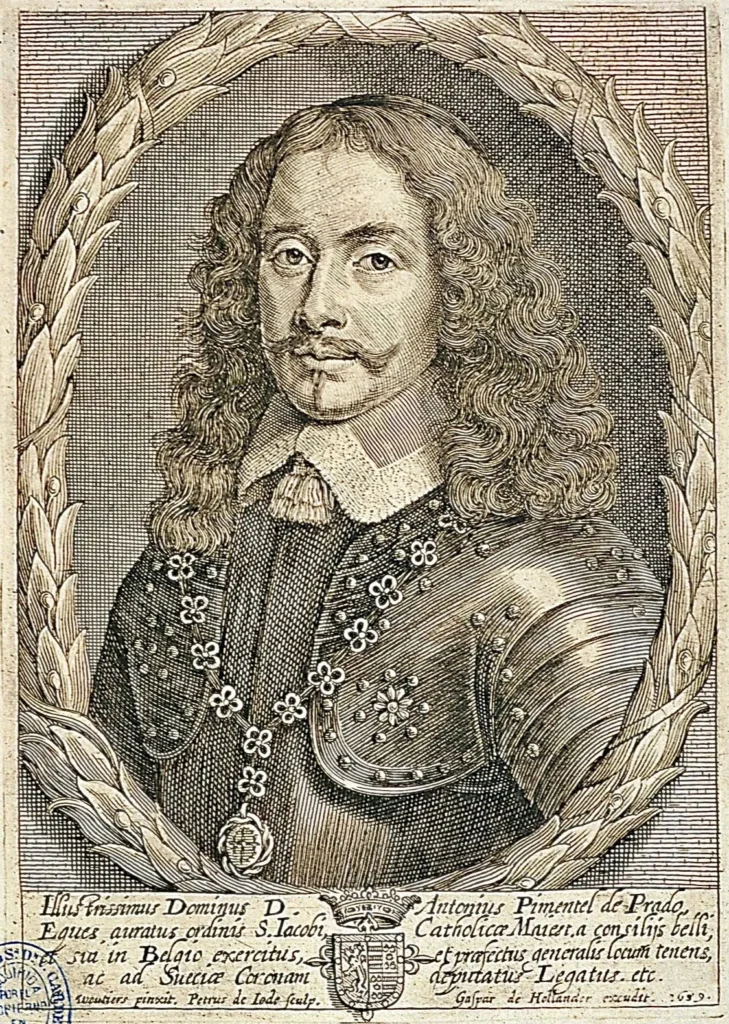
The National Park Southeast Archaeological Center has found coins, ships, hardware, sword parts, and even jewelry just off the coast here, dating back the 1500s. When the English colonizers arrived, they would light bonfires on the sand dunes in the area to help the ships navigate in and out of the inlet. They needed a lighthouse and in 1835, they built one. Unfortunately, the oil for the lamp was never delivered and soon thereafter, a hurricane hit the tower, which washed much of the sand from around the base, which weakened it. About the same time, The Second Seminole War began, and the Seminole Indians attacked it. They smashed the glass in the lantern and burned the stairs that went to the top of the tower. The area was abandoned, as the war prevented any repairs to be made to the tower, and the next year, it collapsed into the sea.
Almost 30 years later, during the Civil War, the inlet was used by the Confederate Army to ship supplies in and out of this area, until it was blockaded, and then overrun by the Union Army. As the years went by, and because there were so many shipwrecks over in this area, another lighthouse had to be built. In 1883, construction began on a new lighthouse and it still stands today. The Ponce de Lion Lighthouse is 175 feet tall, has 203 steps from the main floor to the top, and it’s the tallest lighthouse in Florida. The Lighthouse produces a beam that can be seen out over the ocean for 20 miles.
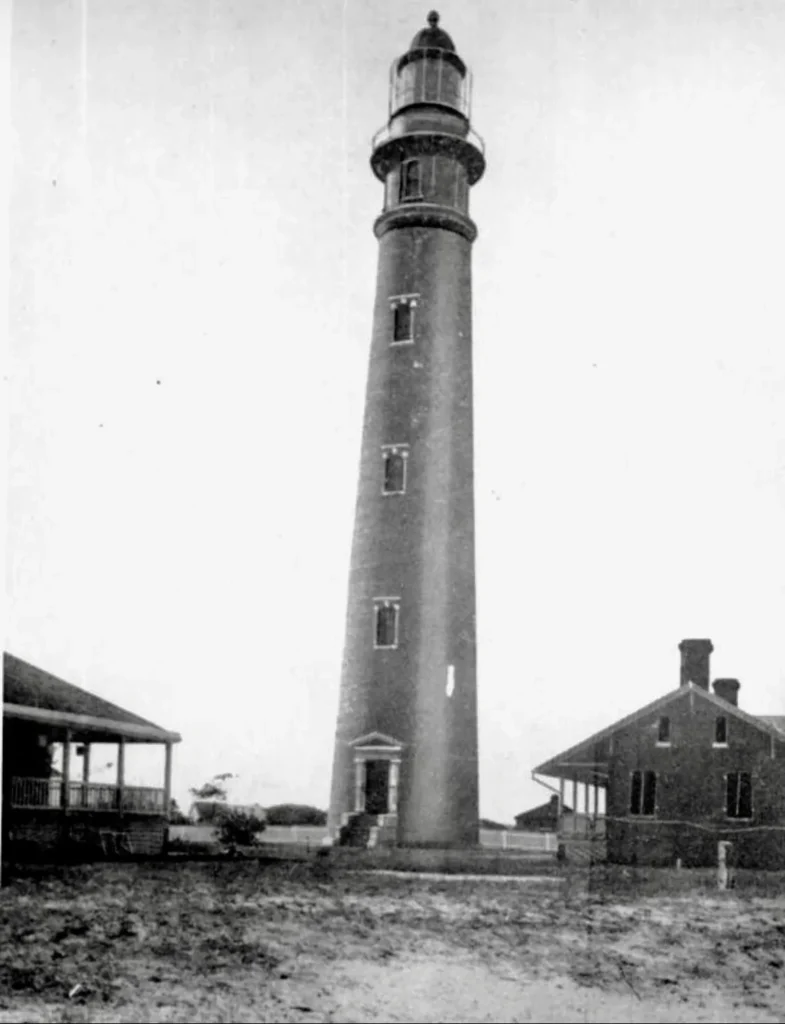
Even with the lighthouse, ships over the years have continued to flounder here. In 1887, a ship called the SS Commodore sank 16 miles offshore from the lighthouse. The Commodore was sailing from Jacksonville, Florida, to Cuba, with a cargo of supplies and ammunition for the Cuban Rebels that were fighting for their independence in those days. They had just cruised out of Jacksonville in a fog when they hit a sandbar and damaged the hull of the ship. The next day they were towed off the sandbar and they continued to sail south to Mayport, Florida, where the ship was further damaged. Late that night, a leak began in the ballroom, then the pump stopped working, and the ship came to a dead standstill. The Commodore’s lifeboats were lowered into the water in the early hours of the morning on 2 January 1897, and by 7am, the ship sank below the waves.
Through the ordeal, they could see the beam coming from the Ponce de Leon Lighthouse and they attempted to land their lifeboats just north of there at Daytona Beach. Some of the boats, however, overturned in the surf, forcing the exhausted men to swim to shore. One of them a man named Billy Higgins, drowned in the surf. The disaster was front page news in the newspapers all across the country and rumors that the ship had been sabotaged, were widely circulated, but never substantiated.
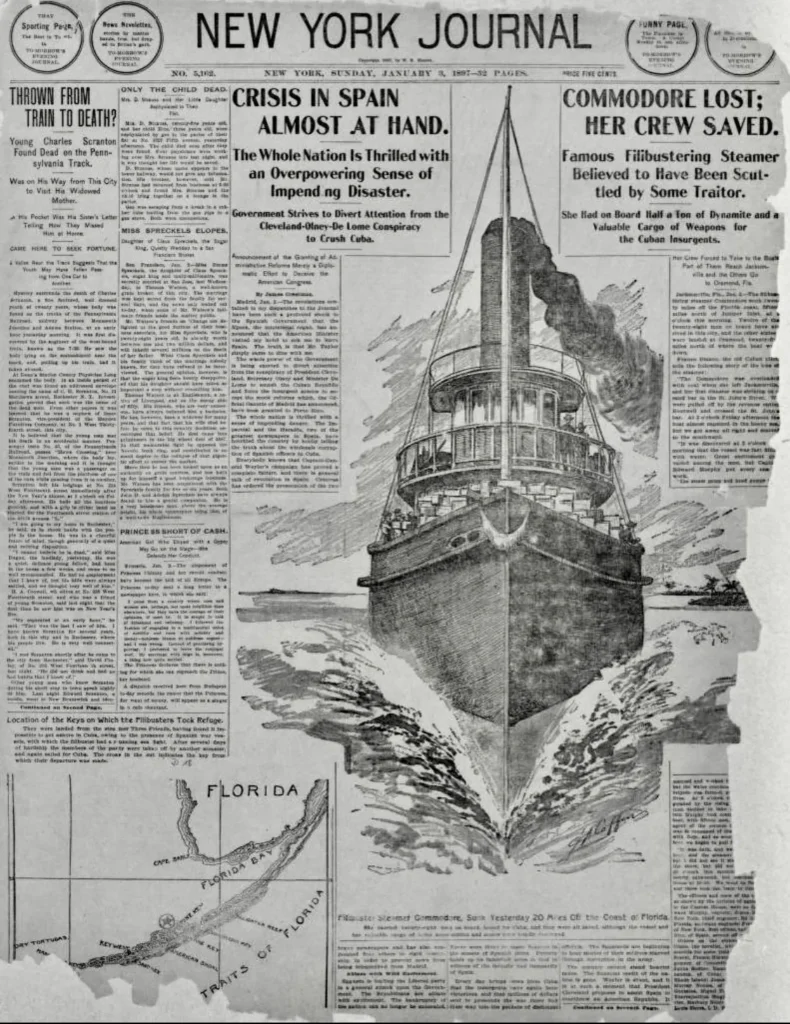
Another incident occurred on 2 May 1942, when the German U-Boat 564 torpedoed the unescorted Ocean Venus, as she was cruising just 12 miles southeast of the lighthouse. Five of the crew were lost, and the remaining thirty-seven were able to row ashore to the beach. These incidents are just a couple of examples of how the Ponce de Leon Lighthouse has helped save lives all through the years.
The original lamp in the lighthouse burned kerosene, but in 1909, it was replaced with an incandescent vapor lamp. In 1924, an electric generator was installed to provide power to the innkeeper’s dwellings and to be able to pump water into the houses, which allowed them to replace an old windmill driven pump that had been there for years. The lighthouse beacon was electrified in 1933, with a 500-watt lamp, and it continues to put a beam out over the ocean for 20 miles.
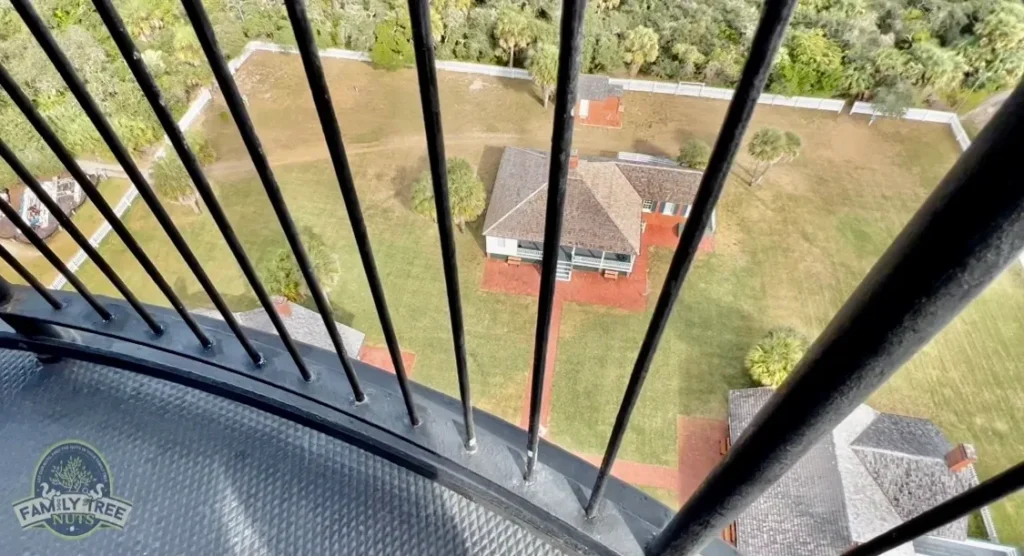
In 1927, the name “Mosquito Inlet” was changed to the “Ponce de Leon Inlet” because the locals were tired of being known as, “the inlet that is infested with mosquitoes”. This also was the time of prohibition and with such a large coastline for the state to patrol, the inlet became a hotbed for the importation of illegal liquor. The local law enforcement found it impossible to monitor all of the bootlegging activity that was going on in the inlet.
In 1939, the Ponce de Lion Lighthouse operation and maintenance transferred to the U.S. Coast Guard. They would oversee the lighthouse for three decades and because of the sinking of the Ocean Venus in 1942, the Coast Guard permanently stationed men there, so they could watch for German U-Boats during World War II.
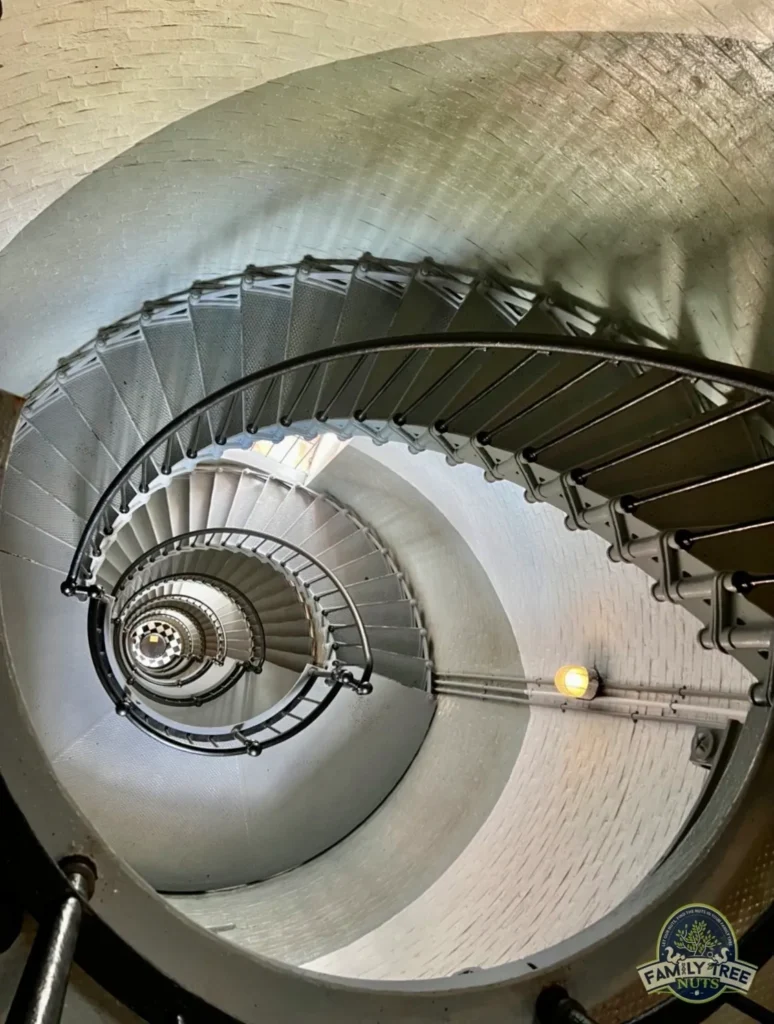
The Coast Guard abandon the station in 1970, and they established a new beam right across the inlet at New Smyrna Beach. The Ponce de Leon Lighthouse property was abandoned, but the town of Ponce Inlet, asked that it be deeded to them so that they could restore it. The Coast Guard agreed, and in 1972 they gave the lighthouse to the town. That same year, the lighthouse was placed on the National Register of Historic Places.
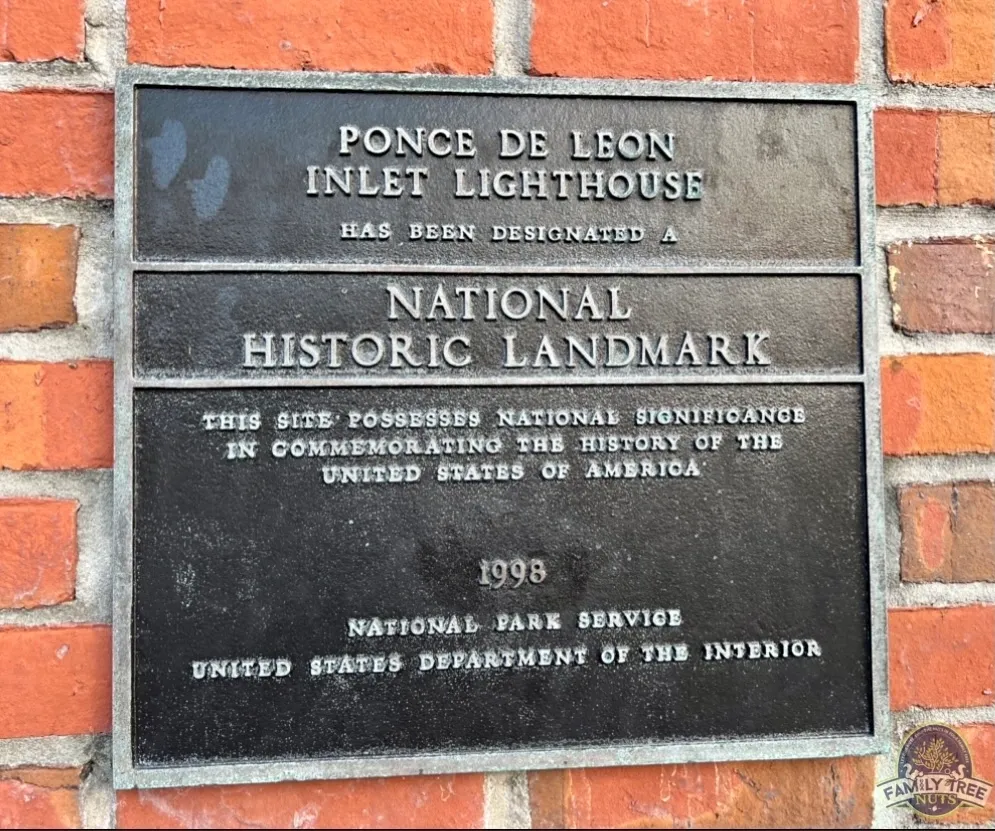
The area around the lighthouse has continued to grow. High rise, condominiums have been built and the beam from New Smyrna Beach has been partially blocked. This caused the Coast Guard to reactivate the beam at the Ponce de Leon Lighthouse, to once again, provide navigational aid to all ships that pass by this area of Florida.
Today, the Ponce de Leon Inlet Lighthouse Preservation Society maintains the lighthouse. They provide free education to the public about its history and how it serves the shipping community. They are open most days for tours and you can actually climb to the top of the lighthouse. It is a vacation destination for thousands every year but it started as a place where American Indians, French, and Spanish explorers clashed for centuries. Many men died, or at least got a lot of mosquito bites…
-Scott Denney, Historian for Family Tree Nuts
